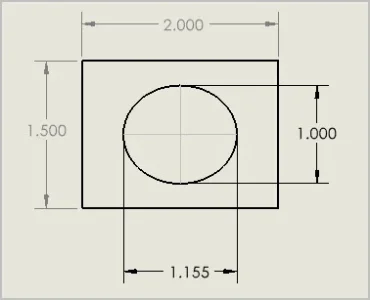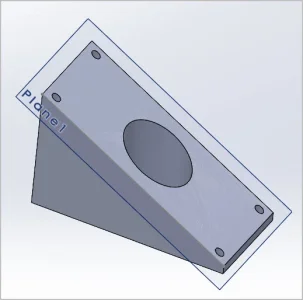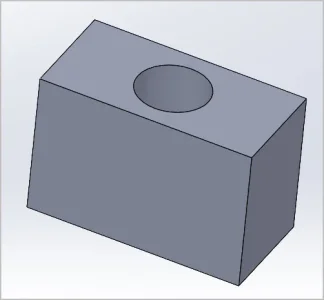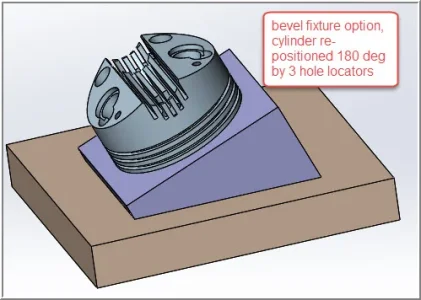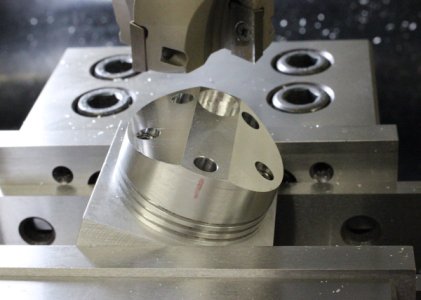Hi all, first time posting. I need to drill a 1" hole at a 30 degree angle in 1/16" sheet brass plates that are 1-1/2" x 2". This will be a flange for Uillean bag pipes. I think the options are end mill, annular cutter, hole saw or step drill. Anyone have any advice? We want to fit a 1" length of 1" O.D. brass tubing into the hole and silver solder it in place. So the hole has to be pretty close but not fantastically accurate.
All advice will be duly considered.
Thanks!!
All advice will be duly considered.
Thanks!!


